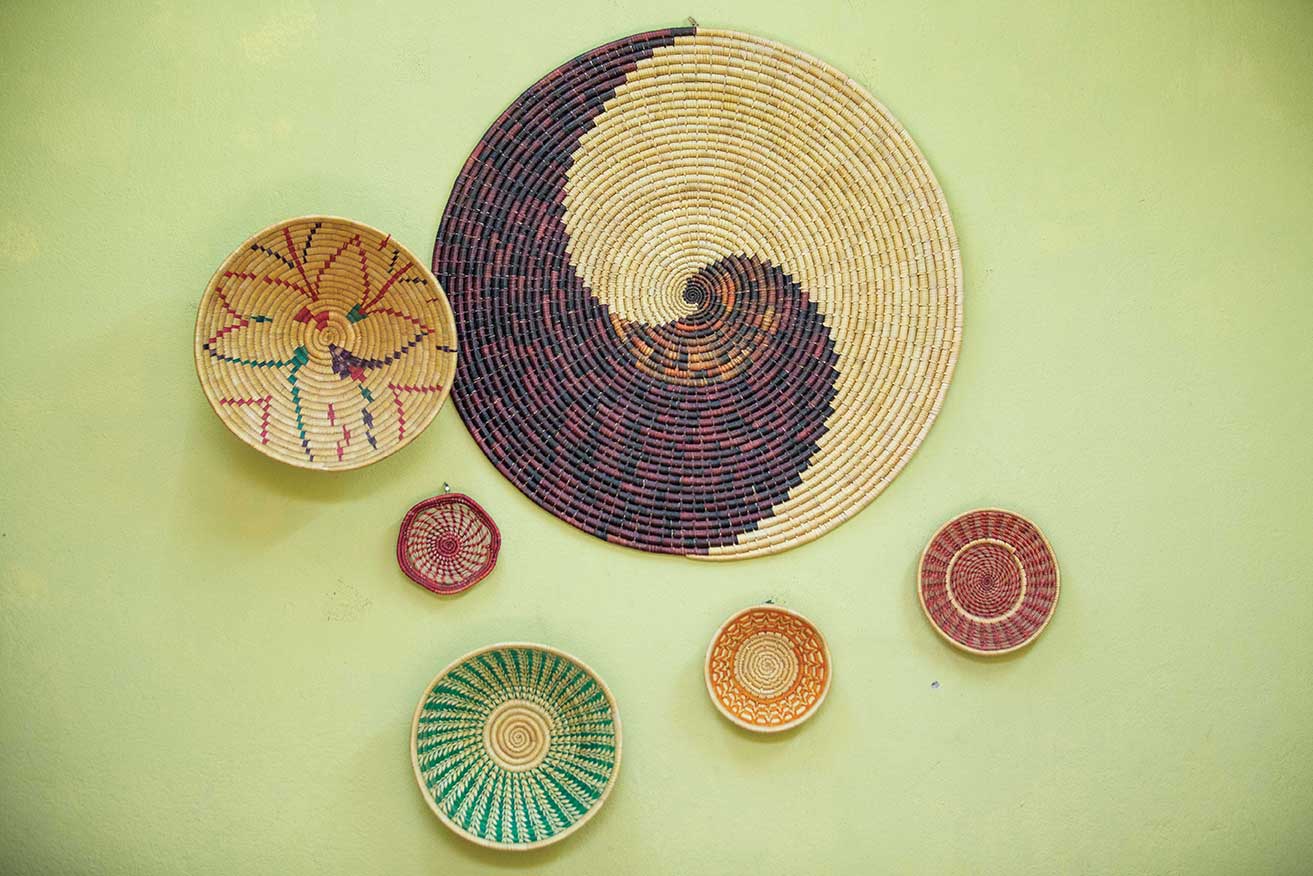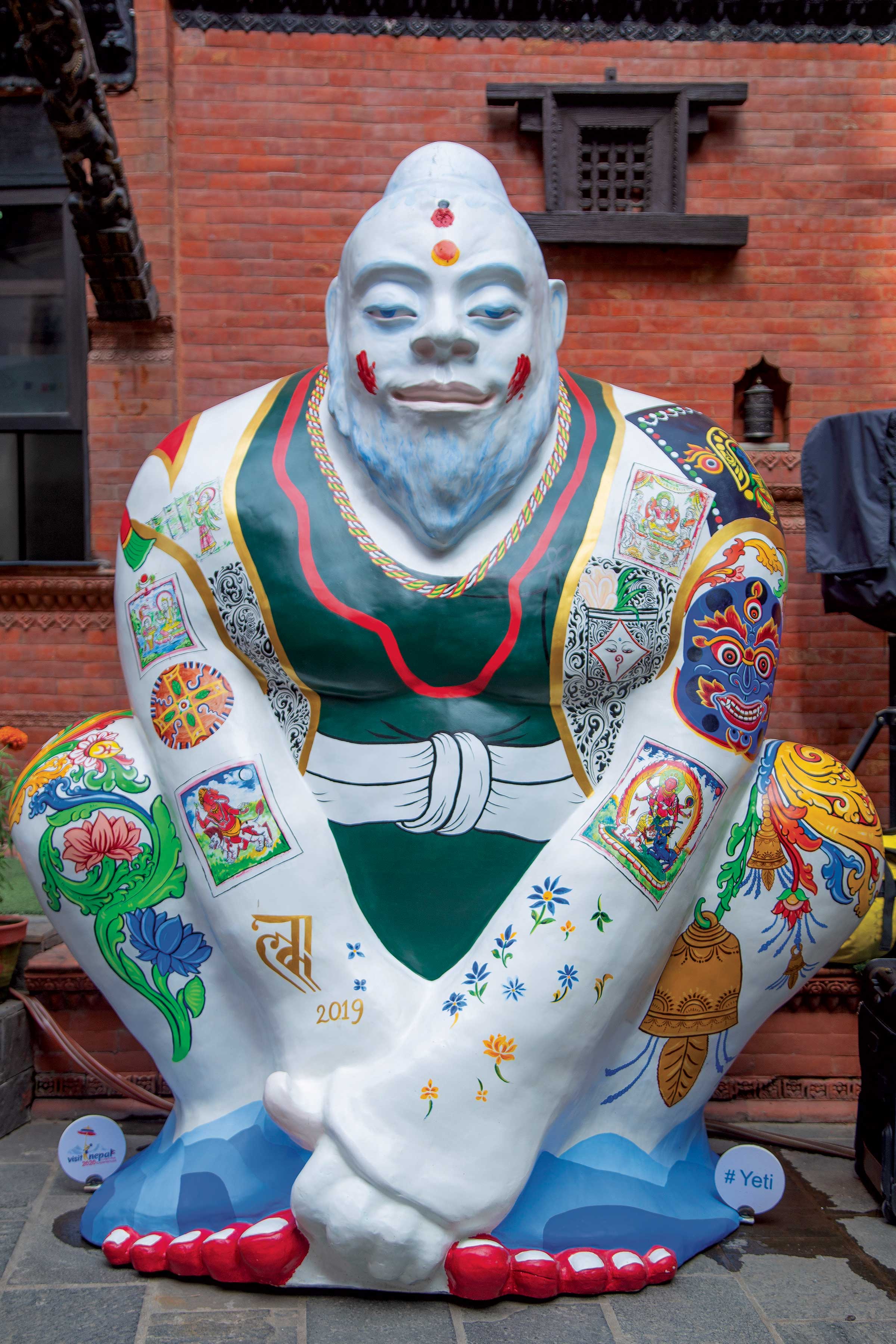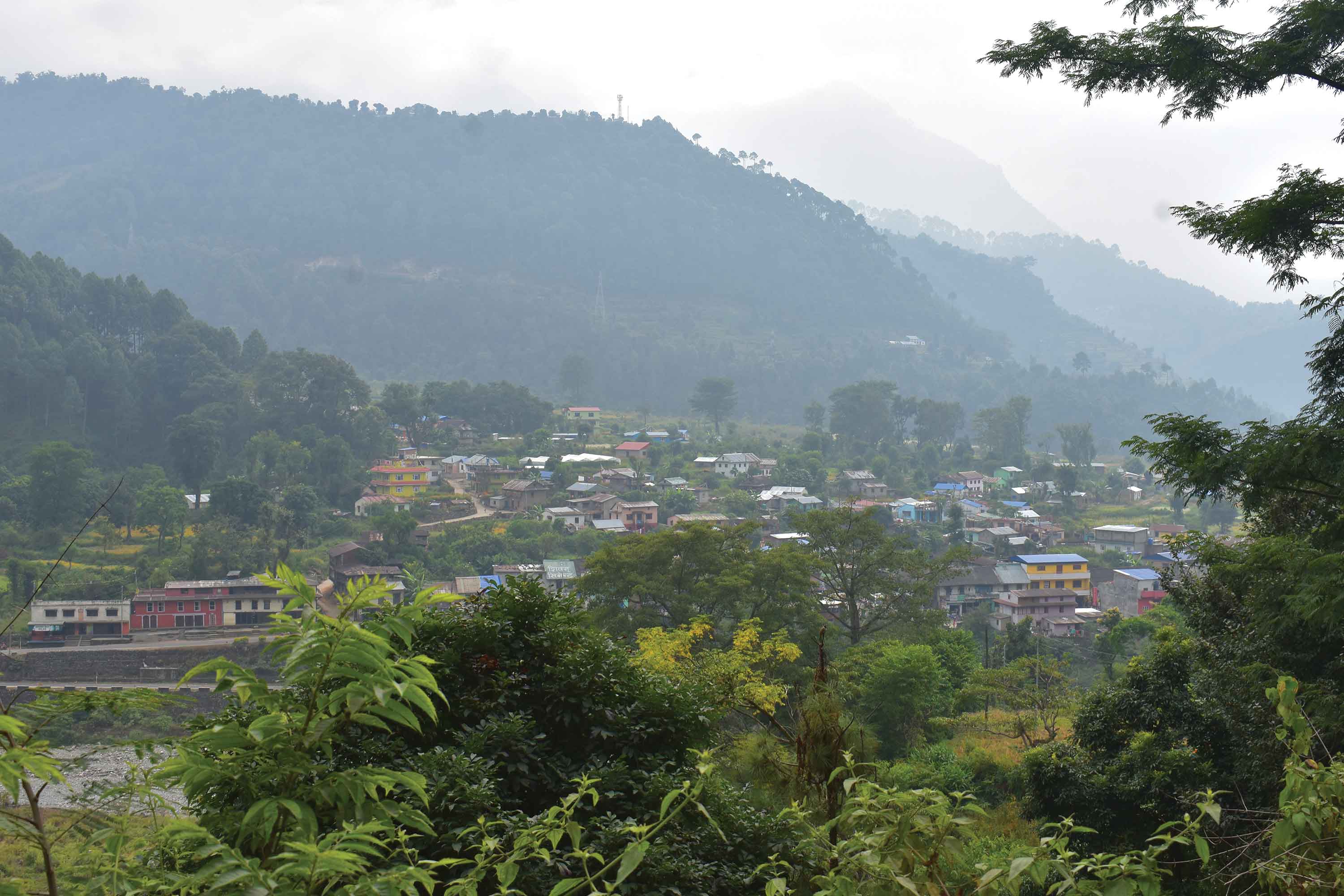Eight artists come together to try and understand the future of art .
 Eight artists attempted to analyze and interpret a state of mind shaped by harmonization of the Rato Matsyendranath Jatra with modern times in a collaborative art project entitled, “Future of History,” at Park Gallery in Pulchowk.
Eight artists attempted to analyze and interpret a state of mind shaped by harmonization of the Rato Matsyendranath Jatra with modern times in a collaborative art project entitled, “Future of History,” at Park Gallery in Pulchowk.
Through the 50 paintings, they attempted to search the point of integration between ancient culture and modern lifestyle. Ambar Gurung, chief guest at the inauguration program on March 13, lauded the artists for their attempt. “Culture distinguishes us from other living beings, and we cannot live without it. It is something we must respect and recognize,” Gurung said in his short inaugural speech.
What is the future of history?
Mukesh Malla, Research Coordinator of the team fears that the future of our history would be doomed if today’s society fails to continue age-old customs and traditions. He says that the present is due to the past, and the future-in turn will be a result of our present. “We all have our roots, and they define what we do and don’t. It therefore is important to preserve our history,” Malla said. If Malla’s words hold true, “We’re probably diverted to a point where culture and modernity do not meet,” said Saroj Bajracharya, Project Coordinator.
Can modernity and history meet?
One of the themes that the artists explored in the exhibition was whether modernity and history could meet. Unlike common beliefs, modern life and ancient culture are not disparate, Bajracharya argues. “They have their roots in culture itself. It is only degrees of variation that causes distortion and transformation,” adds Bajracharya who painted the Roots of Coincidence piece. Since the roots are the same, Malla believes that these two can meet - solely with culture as the circumstance.
Simplicity in modernity
Although technological advancements have helped ease our lives, it has also added more chaos to it. Harmonization and simplicity can be achieved nonetheless says Bajracharya adding, “In order to reach simplicity, we first need to see the object of focus—simplify and understand it. Only then, can we work to reach the state of simplicity.” He conveys the same feeling in his painting -Roots of Coincidence, which depicts a red dressing table with many linked and disparate paths. Pointing to his painting, he explains that in order to achieve simplicity, “We only need to look at the object, the red dressing table. Once the object is clear, we need to find the simplest route that leads to the object.”
Changing forms, one belief
Rato Matsyendranath’s chariot is created every year to commence the festival and is dismantled later to indicate its completion. It is because of this that we do not have a single idol of Matsyendranath. Despite this, “The belief towards the deity remains as powerful a force,” adds Malla. This feeling has been expressed well in Sheelasha Rajbhandari’s painting, “24 Changing Skins and One Evolving Soul”. In it, Rajbhandari has created 24 different images of the deity as seen by 24 different perspectives.
The exhibition that supported by Park Gallery concluded on March 26. The team comprised of painters Mukesh Malla, Gopal Kalapremi Shrestha, Saroj Bajracharya, Manish Lal Shrestha, Hitman Gurung, Sundar Lama, Sheelasha Rajbhandari and theatre artist Ashesh Malla.

Hiking Through History
After hiking for hours, we finally reached the park. The first thing we saw was the tomb of...










